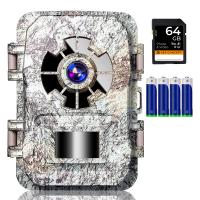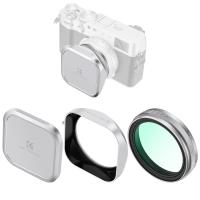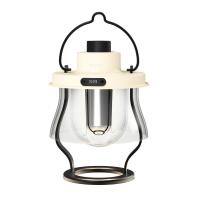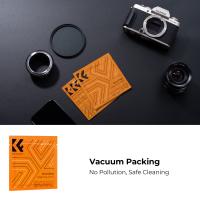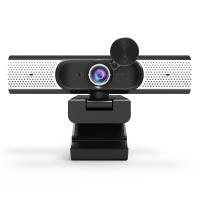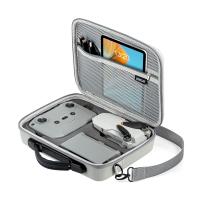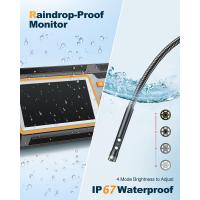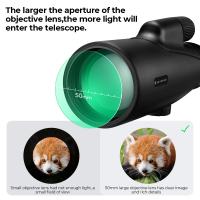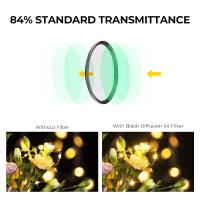Can You Use Filters With Macro Lens ?
Yes, filters can be used with a macro lens. Filters such as UV filters, polarizing filters, and neutral density filters can all be attached to a macro lens to enhance or modify the captured image. UV filters are commonly used to reduce haze and protect the lens, while polarizing filters can help reduce reflections and enhance colors. Neutral density filters are useful for controlling the amount of light entering the lens, allowing for longer exposures or wider apertures in bright conditions. Additionally, specialized macro filters like close-up filters or extension tubes can be used to further enhance the close-up capabilities of a macro lens.
1、 Compatibility of filters with macro lenses
Yes, you can use filters with macro lenses. Macro lenses are designed to capture close-up images of small subjects with high magnification. These lenses have a narrow depth of field, which means that only a small portion of the subject is in focus while the rest is blurred. Filters can be used with macro lenses to enhance the image quality or achieve specific creative effects.
There are various types of filters that can be used with macro lenses. The most commonly used filters include UV filters, polarizing filters, and close-up filters. UV filters are primarily used to protect the front element of the lens from scratches, dust, and moisture. They also help reduce haze and improve overall image clarity.
Polarizing filters are useful for reducing reflections and glare from non-metallic surfaces, such as water or glass. They can also enhance color saturation and contrast in the image. Close-up filters, also known as diopters, are used to increase the magnification of the lens, allowing you to get even closer to the subject.
When using filters with macro lenses, it is important to consider the size and thread diameter of the lens. Most macro lenses have a standard filter thread size, typically ranging from 52mm to 77mm. Make sure to choose filters that match the thread diameter of your lens.
In recent years, there has been an increase in the popularity of filter systems that allow for the use of multiple filters simultaneously. These systems, such as square filter holders, provide more flexibility and allow for the stacking of different filters to achieve desired effects.
In conclusion, macro lenses are compatible with filters, and using filters can greatly enhance the image quality and creative possibilities when shooting close-up subjects.
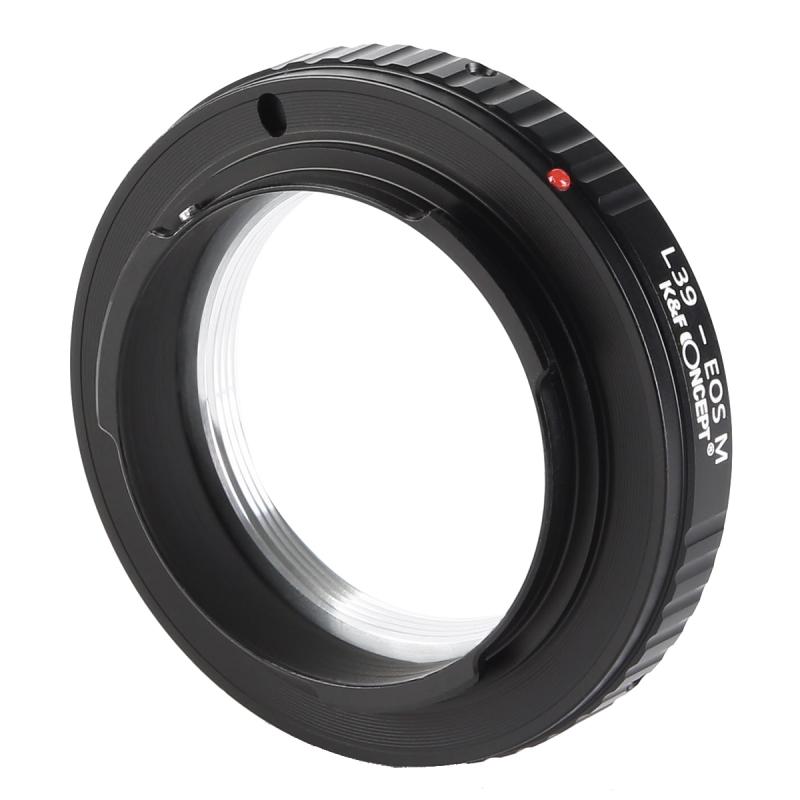
2、 Types of filters suitable for macro photography
Yes, you can use filters with a macro lens to enhance your macro photography. Filters can be a valuable tool for macro photographers as they allow you to manipulate light, color, and other aspects of your images.
There are several types of filters that are suitable for macro photography. One of the most commonly used filters is the close-up filter, also known as a diopter filter. This type of filter is designed to increase the magnification of your lens, allowing you to get even closer to your subject. Close-up filters are available in different strengths, so you can choose the one that best suits your needs.
Another popular filter for macro photography is the polarizing filter. This filter helps to reduce reflections and glare, resulting in more vibrant colors and increased contrast in your images. It can also be used to enhance the details and textures of your subject.
Neutral density filters are also useful in macro photography, especially when shooting in bright conditions. These filters reduce the amount of light entering the lens, allowing you to use slower shutter speeds or wider apertures to achieve the desired exposure. This can be particularly helpful when you want to create a shallow depth of field or capture motion blur in your macro shots.
In recent years, there has been an increase in the use of creative filters in macro photography. These filters, such as the star filter or the soft focus filter, can add unique effects to your images, giving them a more artistic and dreamy look.
It's worth noting that when using filters with a macro lens, it's important to choose high-quality filters that won't degrade the image quality. Additionally, using filters with a macro lens may require you to adjust your focusing technique and depth of field to compensate for the added optical elements.
In conclusion, filters can be a valuable tool for macro photographers, allowing them to enhance their images and achieve creative effects. Whether it's a close-up filter, polarizing filter, neutral density filter, or creative filter, each type has its own benefits and can contribute to the overall quality and artistic expression of your macro photography.
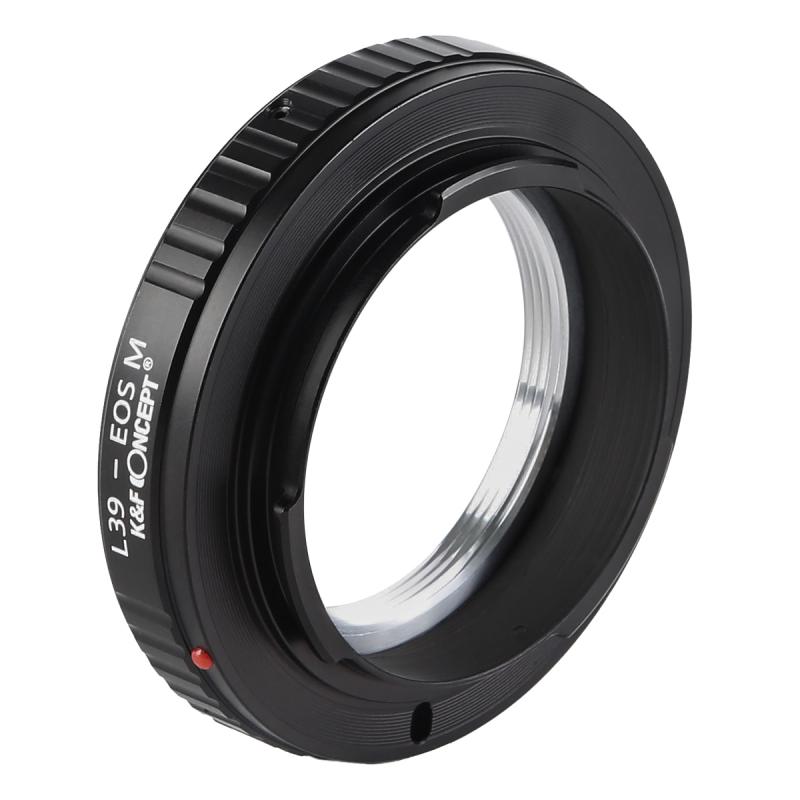
3、 Effectiveness of filters in macro lens applications
Yes, you can use filters with a macro lens. Filters are a versatile tool that can enhance and modify the images captured with a macro lens. They can be used to achieve various effects and overcome specific challenges in macro photography.
One commonly used filter in macro photography is the close-up filter. This filter acts as a magnifying glass, allowing you to focus at closer distances and achieve higher magnification. It is a cost-effective alternative to purchasing a dedicated macro lens and can be easily attached to the front of your existing lens.
Another popular filter is the polarizing filter. This filter helps to reduce glare and reflections, especially when photographing subjects with shiny surfaces or water droplets. It can also enhance colors and increase contrast, resulting in more vibrant and visually appealing macro images.
Neutral density (ND) filters are also useful in macro photography. These filters reduce the amount of light entering the lens, allowing for longer exposure times. This can be beneficial when photographing moving subjects or when you want to achieve a shallow depth of field in bright lighting conditions.
However, it is important to note that using filters with a macro lens may introduce some challenges. The additional glass elements of the filter can potentially degrade image quality, especially if using low-quality filters. It is recommended to invest in high-quality filters to minimize any negative impact on image sharpness and clarity.
In conclusion, filters can be effectively used with a macro lens to enhance and modify the images captured. They offer a range of creative possibilities and can help overcome specific challenges in macro photography. However, it is crucial to choose high-quality filters to ensure optimal image quality.
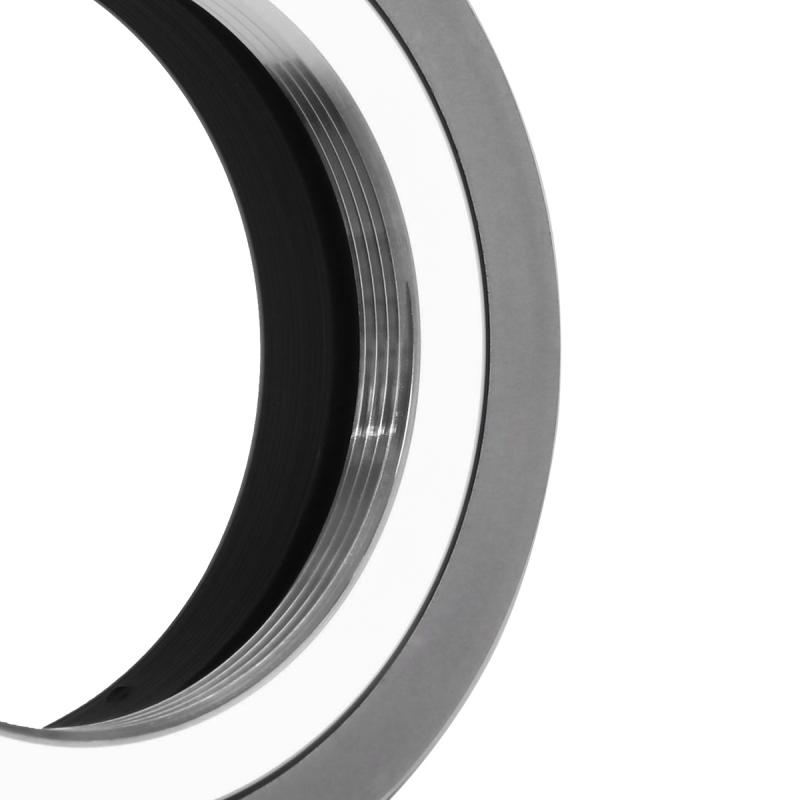
4、 Challenges and considerations when using filters with macro lenses
Challenges and considerations when using filters with macro lenses
Using filters with macro lenses can present some challenges and considerations due to the unique characteristics of macro photography. While it is possible to use filters with macro lenses, there are a few factors to keep in mind.
One of the main challenges is the close focusing distance of macro lenses. Macro lenses are designed to focus at very close distances, often allowing for 1:1 magnification or even greater. This means that any filter placed in front of the lens must also be very close to the subject. This can make it difficult to use certain types of filters, such as graduated neutral density filters or polarizers, which typically require a certain distance between the filter and the subject to work effectively.
Another consideration is the potential for vignetting. Macro lenses often have a narrow field of view, and adding a filter can further restrict the angle of view. This can result in vignetting, where the corners of the image appear darker or shaded. To avoid this, it is important to choose filters that are specifically designed for use with wide-angle lenses or have a slim profile.
Additionally, the use of filters can affect the overall image quality. Some filters, especially those of lower quality, can introduce unwanted artifacts, such as color casts or reduced sharpness. It is important to invest in high-quality filters that are specifically designed for macro photography to minimize these issues.
In recent years, advancements in filter technology have addressed some of these challenges. There are now specialized macro filters available that are designed to work effectively at close distances, minimizing the risk of vignetting and maintaining image quality. These filters often have a slim profile and are made with high-quality materials to ensure optimal performance.
In conclusion, while there are challenges and considerations when using filters with macro lenses, it is possible to use them effectively with the right equipment and techniques. By choosing filters specifically designed for macro photography and being mindful of the potential limitations, photographers can enhance their macro images with the use of filters.
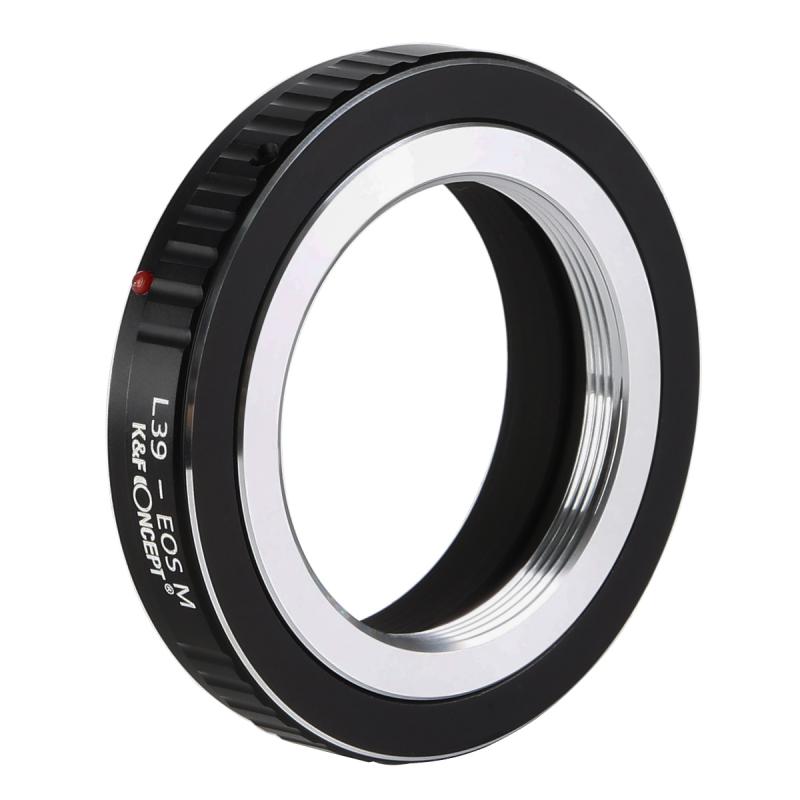

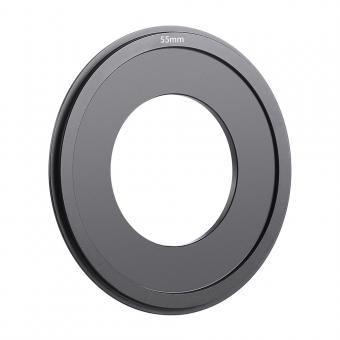
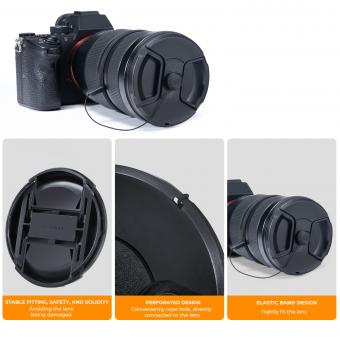

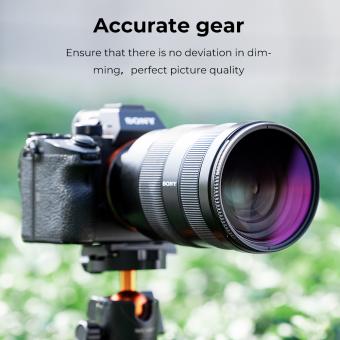


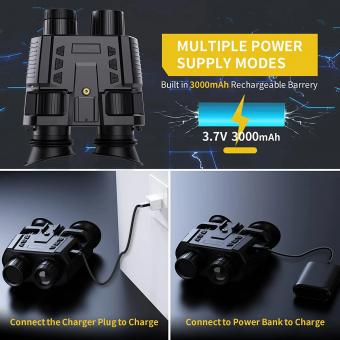
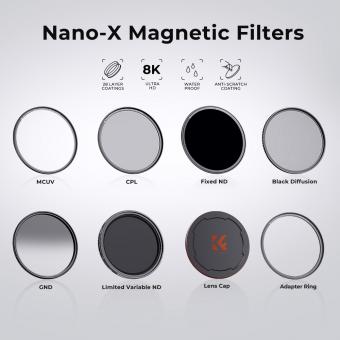



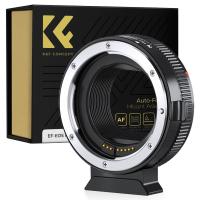
![4K Digital Camera for Photography & Video [Autofocus and Stabilisation] 48MP 16X Digital Zoom 3” 180° Flip Screen Vlog Camera with 32G SD Card, Flash Kentfaith 4K Digital Camera for Photography & Video [Autofocus and Stabilisation] 48MP 16X Digital Zoom 3” 180° Flip Screen Vlog Camera with 32G SD Card, Flash Kentfaith](https://img.kentfaith.de/cache/catalog/products/de/GW41.0065/GW41.0065-1-200x200.jpg)
